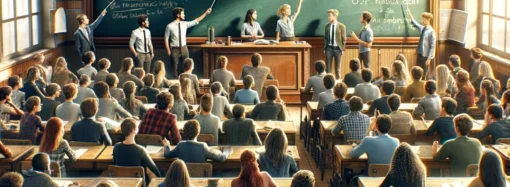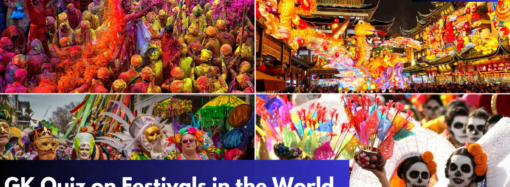Banking Quiz for IBPS | SBI – 294
1.The Difference between Gross Domestic product and Net Domestic product is
a) Net Indirect Tax (Indirect Tax Subsidy)
b) Consumption of fixed Capital
c) Net Capital Formation
d) None of these
2.Where is the headquarter of Asian Development Bank (ADB) located?
a) Manila
b) Singapore
c) China
d) None of these
3. Travellers Cheque is__________.
a) A certificate issued by a bank or finance institution in lieu of cash
b) A cheque issued by a bank or finance institution which functions as a bond
c) A prepaid instrument issued by a bank or financial institutions which can be substitute of cash
d) None of these
4.What is the objective of introduction of ‘Marginal Standing Facility’by RBI?
a) To contain volatility in the overnight inter-bank rates
b) To contain volatility in MIBOR
c) To contain volatility in LIBOR
d) None of these
5.In which of the following accounts, operation by cheques is permitted?
a) Savings bank accounts and floating loan accounts
b) Savings bank accounts and cash accounts
c) Savings banks accounts and current accounts
d) None of these
6. The primary function of a central co-operative bank is to –
a) a) mobilize the resources in the district for financing its members to the maximum extent possible
b) to channelize the flow of funds from the co-
operative banks
c) Either a) or b)
d) Both a & b
7.The main foreign exchange reserves in the country are: –
a) Foreign Currency assets
b) Gold Stock
c) Special Drawing Rights
d) All of the above
8.Which of the following Acts has specially been enacted to help banks deal with bad loans?
a) SARFAESI Act
b) Companies Act
c) Offshore Banking Act
d) None of these
9.What does FSDC stand for?
a) Financial Security and Development Council
b) Financial Stability and Development Council
c) Fiscal Security and Development Council
d) None of these
10.Which of the following fall under the qualitative method of credit control adopted by the Reserve bank of India?
a) Selective credit control
b) Moral suasion
c) Credit authorization scheme
d) All the above






